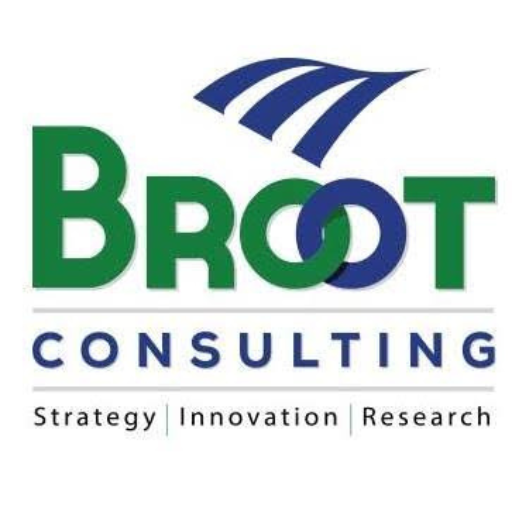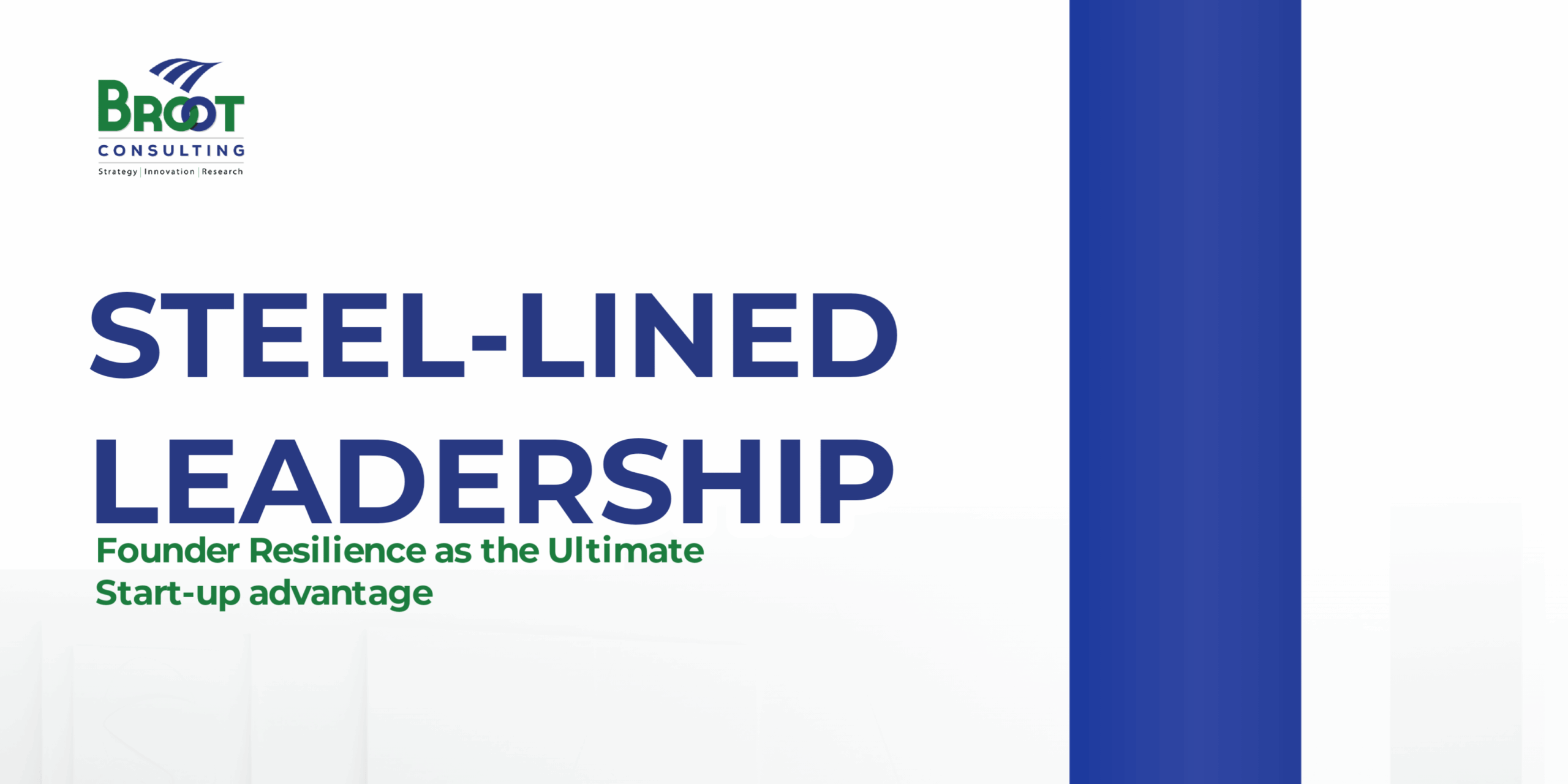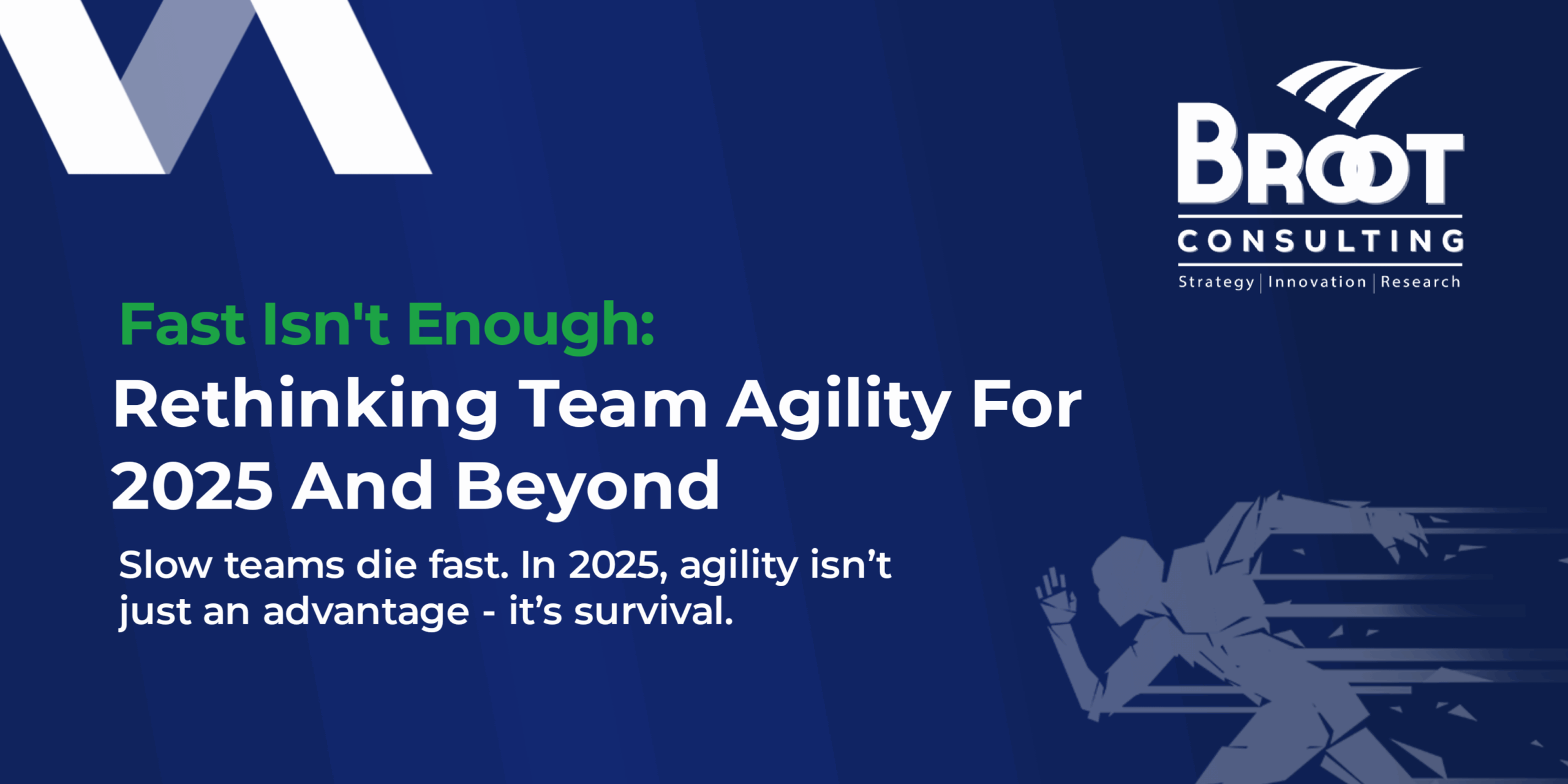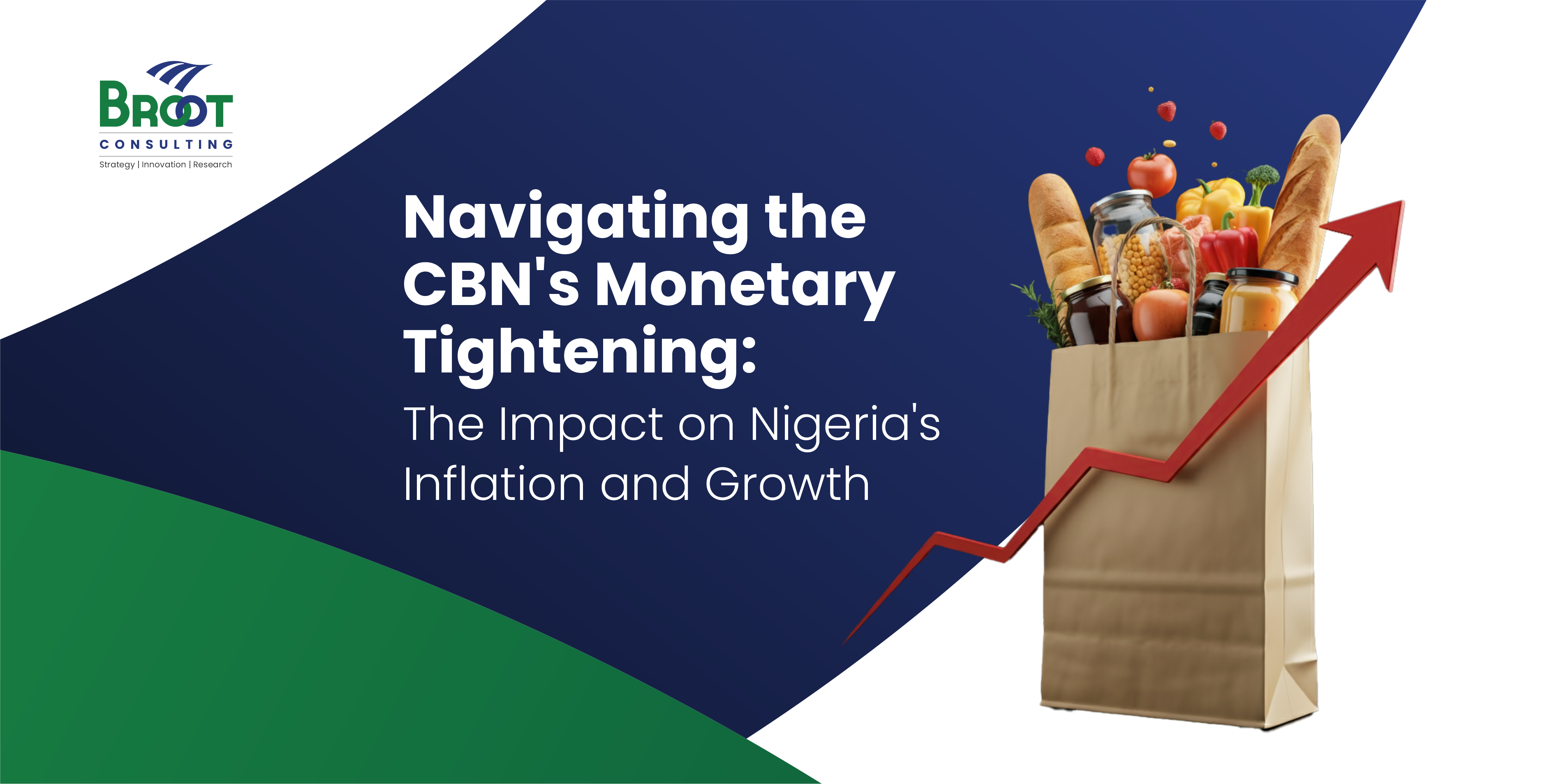Questions Everybody Asks:The story is told about two business executives from the most reputable shoe company. They were sent to India to find prospects. The first man returned and said there was no prospect for the business that the natives do not wear shoes. The other man did not return but asked the company to prepare the largest shipment of shoes because of the great potential in the market, hundreds of millions had no shoes.
William Arthur once said “Opportunities are like sunrises. If you wait too long, you miss them.”
The ability to spot opportunities and interpret it correctly is a major bane of organisations and individuals, it is a factor that separates innovative companies from mediocre organisations. It is this reason some individuals are termed high-flyers while others only operate at an ordinary level. Otherwise, how do we explain the reason why some individuals, companies and countries thrive and record superior performance in an environment of uncertainty, chaos, and limited resources while others do not, given the same environmental conditions? Or some nations have enormous natural resources, but their citizens live in abject poverty, while countries less endowed have an enviable human development index? For corporations, the story is similar. There are organisations with great resources, people and unique market positioning only to lose that advantage to a relatively, unknown and least endowed organisation. If we bring it to the life of individuals, it is even more tragic. Some individuals fare far better than their contemporaries who are better positioned – the latter just end up sitting contentedly in their comfort zone and continuing to deliver below the average performance?
Innovative organisations and individuals excel beyond peers because they are skilled in spotting opportunities, capable of seeing things differently, trained to think differently and above all, they never lack the courage to pursue such opportunities. Where others see high risk and failures, they on the other hand, see opportunities and growth. The highly successful people that get to the top of their career have the skill to spot opportunities, and they are also aware as Richard Branson, says in his blog post that “opportunities are there for an instance, and then they are gone. There is no point waiting for an imaginary perfect time to seize an opportunity – you have to go for it when the chance presents itself”.
Distinguished By Sighting Opportunities
Innovation drives success. To be successful, you must innovate, to be innovative; you must develop the opportunity spotting skill – identify a problem or gap, and come up with innovative solutions. To get to the peak of your career or trade, spotting opportunities and leveraging on them is non-negotiable. While there are countless individuals that have spotted and continue to spot opportunities, this article will focus on two, Aliko Dangote and Jack Ma. Aliko Dangote is the richest black person in the world and the founder of Dangote Group and Jack Ma, one of the richest people in China and co-founder of the Alibaba group.
Aliko Dangote started his business with a loan of N500, 000 (US$1381 at today’s conversion rate but the equivalent of US$825,082 using the 1977 conversion rate). What many do not know is that his ability to spot opportunities was what gave rise to his present status and not the loan. When he was a kid, he recognised a problem to be solved in school, getting candy to kids who loved them in his own words:

“I can remember when I was in primary school, I would go and buy cartons of sweets [candy], and I would start selling them to make money. I was so interested in business, even at that time.” Many people do not go beyond the fact that he got a loan, many get the same opportunities but squandered the loan and lost everything overnight. Two examples that quickly come to mind are Eike Batista and Masayoshi Son.
Eike Batista was once the richest man in Brazil; he made his fortune from mining, oil and gas. At the peak of fortune in 2012, he was worth US$35billion. However, by 2013, his wealth had plummeted to US$200million. He lost more than 99% of his estate. By 2014, Bloomberg reported that he had a negative net worth due to massive debt and crash in stock prices.
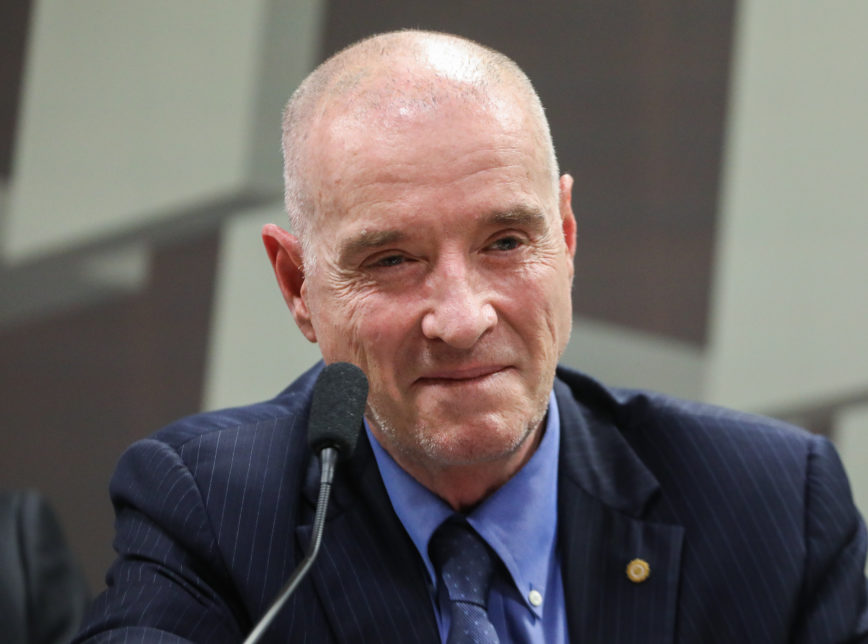
The second person is Masayoshi Son. He established SoftBank, Japan’s largest telecom and internet company. However, during the dot-com crash of 2000, he lost more than US$70billion. When the internet bubble burst, it sent shares of Softbank down by a whopping 98% and led to Son losing more than $70 billion of his $80 billion.
Spotting the right opportunities with a tenacious spirit and fiscal discipline is required in all undertakings. Though stated as a bulk commodity training, to meet the basic needs of consumers, today, the Dangote Group is the largest manufacturing conglomerate in Nigeria. The US$825,082.00 loan received by Dangote, has been transformed, his publicly traded companies have over $4.1billion in revenue with more than 30,000 workers.
Jack Ma’s story presents a classic case of opportunity spotting. Before becoming famous, he was an English teacher, who had been rejected for all the 30 different jobs he applied for including KFC. He spotted opportunities when he went to the US in 1995 and discovered that there was some information needed in China. He borrowed $20,000 and started by building websites for corporations and within three years their turnover which he named “China Pages” was US$800,000. Today Alibaba employs over 66,000 people, and its annual turnover is about US$40billion. Enduring success in business and personal life require continuous spotting of opportunities and correct interpretation of patterns and trends.
How to Spot Opportunities and Seize it
To launch a successful innovation program, organisations must be skilled in opportunity spotting and be able to correctly link all the dots in other to form a credible pattern that becomes a basis for embarking on innovation program. To be skilled in spotting opportunities, it is imperative that you constantly reinvent yourself, mainly because we live in an uncertain and tough business and professional environment. Critical to your opportunity-spotting skills are:
- Developing the skill to think differently: The extent to which we go in life is consequent on how far we see and how deep we think. To spot and harness opportunities you must think differently. You must see differently and also interpret differently. You need to think outside of the box; never be scared of failure but see failing as part of the necessary process in creating value. High achievers have one thing in common they can see what others may not understand. Innovation is achievable when you see differently; sometimes the resources required to solve a complex problem may be found in a daily routine, unappreciated resources, and neglected process, materials or even people.
- Develop an Open and Positive mindset: a rigid and closed mindset cannot create innovation nor achieve superior performance and make a remarkable impact. High achievers are flexible and wherever they find themselves, they know that there are opportunities there no matter how cloudy the market may appear. To spot opportunities, you have to develop an open and positive mindset. Open and unbiased mindset is critical in spotting opportunities; therefore, be deliberate and develop an open mind.
- Be Courageous: lack of courage is the greatest undoing of some of the highly talented and resourceful people. The lack of courage keeps them in their comfort zone, Jack Ma, could have been contended with his teaching job and Dangote, could have continued in his bulk trading business, but they recognised a need and saw the solution. Rather than sobering over his lack of technical competence or financial wherewithal, Jack Ma was primarily concerned with getting the problem solved. When you have a genuine idea or solution that creates value, such an idea will attract the wallet of investors provided you have the courage and conviction to sell it.
- Look for pains and gaps: the best way to spot opportunities is to scan your environment for things not fixed, for services and products that do not give the consumer the ultimate experience. You have to immerse yourself in the world of consumers or users and feel their pain. You have to think of what could be done differently to make their experience better? Once you identify this gap, you are one step closer to developing innovative solutions. To build an innovative solution to the spotted opportunities, you should develop a robust theory around the issue. Louis Pasteur, the French chemist, has a reputation for producing the process that makes the consumption of milk safer, however, much more than this, when people were dying of Cholera, and there was no plausible explanation, Louis Pasteur’s critical experiments revealed that germs were the cause of many common diseases. Understanding the pain of the people led to the development of vaccination and antibiotics in addition to pasteurization that makes consumption of dairy products safe. When you recognise the pain of the consumers, it becomes easier to develop innovative solutions.
- Evaluate Existing solution: when you examine the current solution, it is very likely that not all the users will be happy with it, therefore what are the alternatives that could help them solve their problems. Uber solves a fundamental problem through its concept of on-demand transportation that enables the user to order a taxi at the touch of a button and with the assurance that the Cab arrives within minutes of request. The solution also recognises the issue of distrust that could exist, a significant value addition in the Uber business model is that it created trust between strangers. When you request your ride, identifying information about the driver and the car is automated. The picture of the driver, the car’s number plate, the car model and the colour are given to you before the driver arrives. Today Uber is valued over $70 Billion, present in 173 countries and US$11.27billion in revenue (2018) the opportunity spotted by Uber is the sharing economy, and the convenience of booking which it gives consumers all on their smartphone!
Conclusion
Spotting opportunities requires you to strengthen your inner eyes, to sharpen your pattern recognition skills, to identify and interpret correctly the problem that is needed to be solved. It is when you walk in the consumer’s shoes that you can spot opportunities and roll out an innovative product. An empathetic feeling is required to immerse yourself in the consumer’s shoes and develop products that enable them to get the job done. With the long list of what it requires to be successful in this constantly disruptive business scenes, a talent for spotting opportunities cannot be overemphasised.
